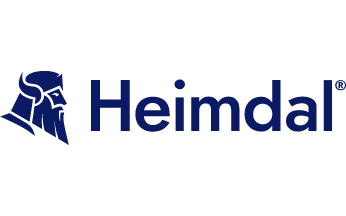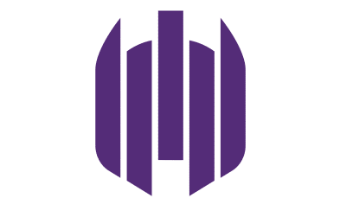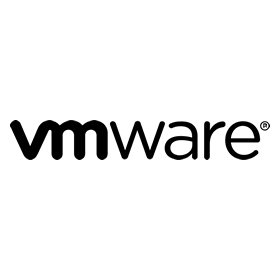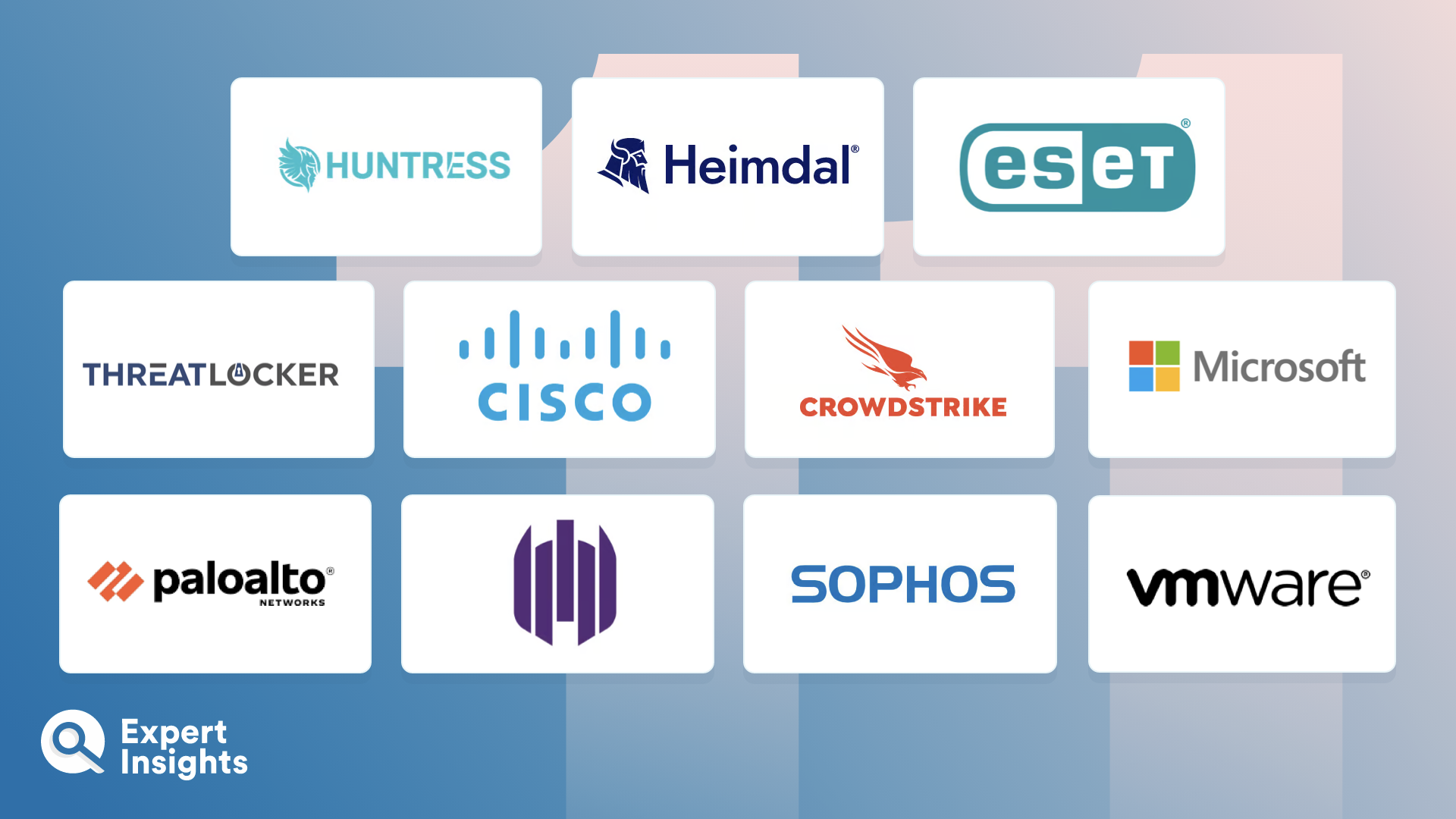Endpoint Detection and Response (EDR): Everything You Need To Know (FAQs)
What Is Endpoint Detection And Response (EDR)?
Endpoint detection and response (EDR) is a type of software solution that enables IT and security teams to identify endpoint threats such as malware, viruses, fileless attacks and the misuse of legitimate applications—be that malicious or mistaken. But not only do EDR solutions help organizations to detect these threats; they also help them to remediate security incidents and analyze them, to help prevent the same thing from happening in the future.
Why Is EDR Important?
81% of businesses have experienced an attack involving some sort of malware, and 53% of organizations were hit by a successful ransomware attack in the last year alone. It’s clear that organizations need to protect their endpoints against threats such as these, and implementing an EDR solution is one of the ways in which they can do that.
Endpoint detection and response solutions enable IT and security teams to more efficiently identify malicious activity across their organizations’ endpoints, and then quickly and effectively remediate that activity.
EDR solutions monitor each endpoint—be it a desktop, laptop, mobile device, cloud system or server—in real-time for suspicious or unusual behavior that could indicate the system has been compromised. When a threat is detected, the solution can either initiate a response automatically to contain and remediate the threat, or provide suggestions to the security team to help inform their manual threat response processes. The level of automated remediation available varies from solution to solution, and is usually configurable so that system admins can integrate the platform’s remediation actions with the security team’s existing workflows.
As well as helping organizations to identify and respond to threats, many EDR solutions also offer threat intelligence functionality, which helps security teams work out exactly how each threat entered their system and what actions allowed it to spread. This enables them to fix the root cause of the problem and prevent repeat attacks.
How Do EDR Solutions Work?
EDR solutions monitor a company’s endpoints—including desktops, laptops, mobile devices, cloud systems, and servers— in real-time for anomalous behavior that might indicate that the endpoint has been breached. When the solution detects anomalous or malicious activity, it either automatically responds to it as per admin-configured remediation workflows, or it alerts admins to the activity so that they can respond to it manually.
Some EDR products also offer threat intelligence features. These help SOC teams to identify the root cause of the attack so that they can fix the vulnerability and prevent any repeat attacks in the future.
There is a, seemingly, endless list of acronyms in the world of cybersecurity, so it is worth breaking down how EDR is different to MDR and EPP:
- EDR vs. EPP: EDR solutions differ from traditional endpoint protection platforms (EPPs), or endpoint security solutions, as they provide heightened threat intelligence and automated incident response.
- EDR vs. MDR: Managed detection and response (MDR) solutions offer the same functionality as EDR products, but the management of the solution—including the remediation of any threats it detects—is taken care of by a team of security experts external to your own company, who work for the MDR provider. This can be a strong option for businesses that don’t have the in-house resource to manage an EDR solution or respond to incidents themselves. Some EDR providers offer managed response as an add-on to their core EDR technology.
Do You Need An EDR Solution?
EDR solutions allow business to identify endpoint threats such as viruses, malware, fileless attacks, the use of illegitimate applications, and the misuse of legitimate applications. They also help you to remediate threats and provide in-depth analysis on how each incident began and spread, so that you can take steps to prevent future attacks.
Endpoint attacks are some of the most common threats—and in the case of ransomware, the most expensive—that business today are facing, so it’s important that you’re able to identify and remediate them when they do occur. Due to their frequency and severity, we recommend that every business invest in some type of endpoint security solution. However, you need to analyze the needs of your business when choosing which type of solution to go for.
If you don’t have too many endpoints to manage and your team has sufficient resource to respond efficiently to any incidents that they’re alerted to, then you may just want an endpoint protection platform.
If you have a large network with a diverse range of endpoints to monitor, and a security team that can dedicate their time to threat monitoring and incident response, you may wish to consider an EDR solution.
If you don’t have the in-house resource to investigate alerts and conduct incident response, however big or small your endpoint fleet is, an MDR solution might be better suited to your needs.
What Are The Top EDR Solution Features?
There are five main features that you should look out for when choosing an EDR solution:
- Effective threat detection. This is the “D” in “EDR”. Once you’ve deployed your EDR solution, it should use machine learning and behavioral analytics to create a baseline of “normal” activity for each endpoint, including user interactions such as logins and processes executions. The EDR solution can then use this baseline to highlight any anomalous (and therefore potentially malicious) activity across your endpoints. If an EDR solution can’t do this effectively, it isn’t an EDR solution.
- Automated threat response. There are several ways in which an EDR solution can offer incident response. “Guided remediation” usually means that the solution will give your SOC team suggestions on how to respond to a threat. “Automated incident response” usually means that your SOC team can create incident response workflows that enable the platform to automatically remediate or contain certain types of threat on your behalf. “Managed threat response” usually means that the EDR provider will also offer you a dedicated SOC team that will guide your own in-house team through the entire incident response process—though this often comes at an additional cost.
- Intuitive, prioritized alerting. No matter what your solution’s level of automated threat response is, it needs to alert your security team to any incidents it discovers. The best solutions also triage these alerts, so that your team knows which ones they need to prioritize. Ultimately, this helps them to reduce their mean-time-to-respond (MTTR) and the overall damage caused by the attack.
- Threat intelligence. This is one of the biggest differences between EDR and EPP solutions: an EDR solution should use the behavioral data it’s collected to create a full trail of the attacker’s activities within your network. This begins at the moment the account was breached, and all of their movements after that. This can help you prevent future breaches of the same nature and fix any vulnerabilities that enabled the attack to spread.
- Intuitive, customizable management. The best EDR solutions not only provide powerful protection but make it easy for your team to manage that protection by offering a user-friendly interface and high levels of customization. This not only enables security teams to gain clearer visibility into their endpoint data, but also to fine-tune the solution to their environment, which can help reduce false positives.
The Benefits Of An EDR Solution
Some of the common threats identified by EDR solutions are listed below.
Multi-Stage Attacks
As an EDR solution collects comprehensive data from across your entire network, it has complete visibility into the threats you face. It can correlate events that seem isolated and benign on their own. When taken together, EDR can uncover evidence of multi-stage attack patterns. This might include evidence of “reconnaissance”, where a series of smaller breaches are used to probe a network and find vulnerabilities. By identifying these indicators early, an attack can be prevented before it comes to fruition, thereby keeping you safer.
Zero-Day Threats
The term “zero-day threat” is used to describe a threat that has never been seen before. As such, there is no predefined route to respond to the threat. In these cases, EDR solutions must react proactively to isolate the threat from the wider network and monitor behavior to identify the best way to resolve it. It is important to ensure that the threat has not replicated or hidden, and that the threat is fully resolved.
Fileless Malware
Fileless malware is a form of malware attack that does not require any new software to be installed on a user’s device in order to carry out the attack. It will modify native, legitimate tools and software on the user’s device. As there is no malicious code being installed, legacy AV, sandboxing, and allow-listing tools may struggle to detect fileless malware. Attackers may use exploit kits, memory-only malware, or stolen credentials to gain access to a device.
It is essential that an EDR solution gathers as much data as possible and analyzes it in an effective way. This ensures that it can provide comprehensive network coverage and respond at the earliest sign of a threat. Understanding how the threat entered your network, and predicting its future movements through behavioral analysis, can help to ensure that remediation efforts are targeted and effective.
With this data ingested and analyzed, EDR is able to perform effective remediation.
